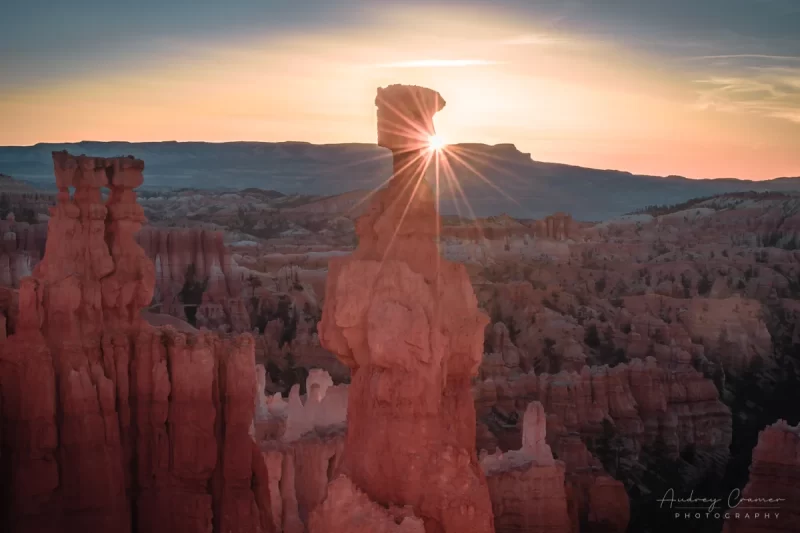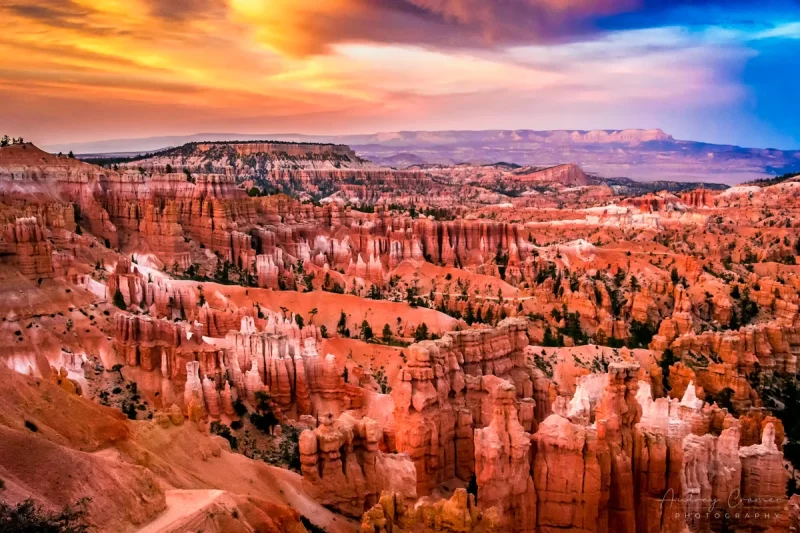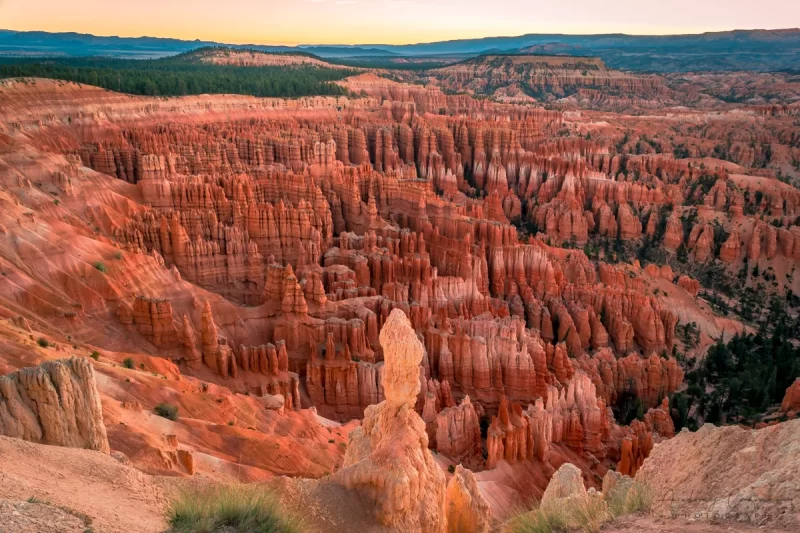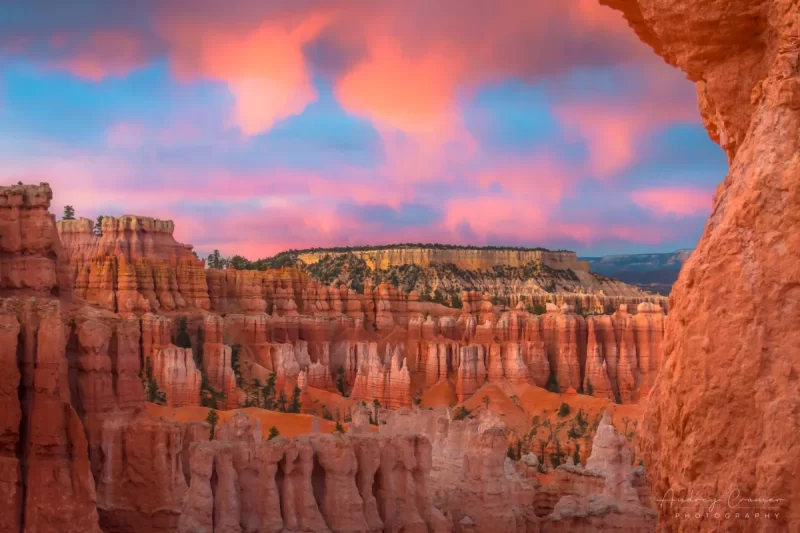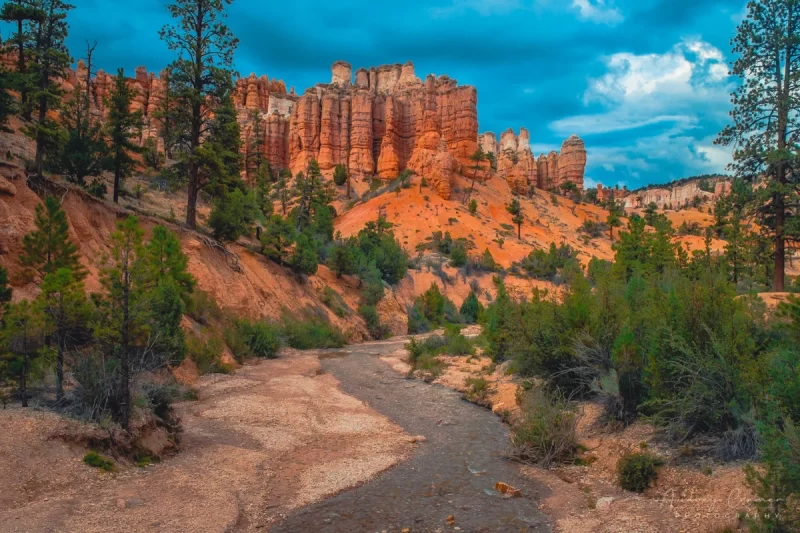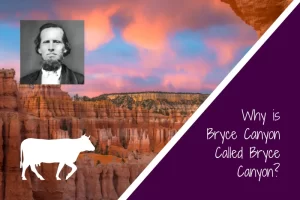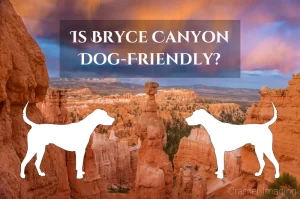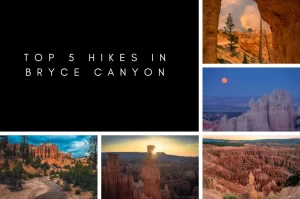This may seem like a silly question to ask. But let’s ask it anyways. Is Bryce Canyon National Park really a canyon? It seems a rather simple answer. Just look at the name: “Bryce CANYON.” Others would not have given it that name unless it really was a canyon. However the answer is not that simple. Today, we’ll discuss whether or not Bryce Canyon is really a canyon or not. So, let’s dive right in.
Let’s start things off properly. We need a definition for the word ‘canyon’ before we can properly answer this question. So, let’s grab a definition. The dictionary is always a good place to start. This particular definition comes from the Merriam-Webster dictionary.
1: a deep narrow valley with steep sides and often with a stream flowing through it
2: something resembling a canyon
So, with this definition we can now examine whether or not Bryce Canyon is indeed a canyon.
Is Bryce Canyon a Canyon?
Based upon this definition, everyone in academic circles agrees. Bryce Canyon is not a canyon. It lacks a major feature which would make it a canyon with this definition: there’s no river. Indeed, the erosion which created the famous rock formations called ‘hoodoos’ came from wind, rain, and other weather. It did not come from the slow moving waters of a river or stream. Therefore, Bryce is not a canyon.
Compare Bryce with the relatively nearby spectacular example of a canyon: the Grand Canyon. No one argues that the Grand Canyon is indeed a canyon. It meets every stated criterion for a canyon. It is indeed a deep and narrow valley with a stream (or in this case, a river) flowing through it. The Colorado River ate through the multiple layers of rock to create the biggest and most famous hole in the ground on Earth. You can see the narrowness of the valley in the photo below. Wind and other erosion widened the upper layers. However, that channel was formed by the flowing of the river.
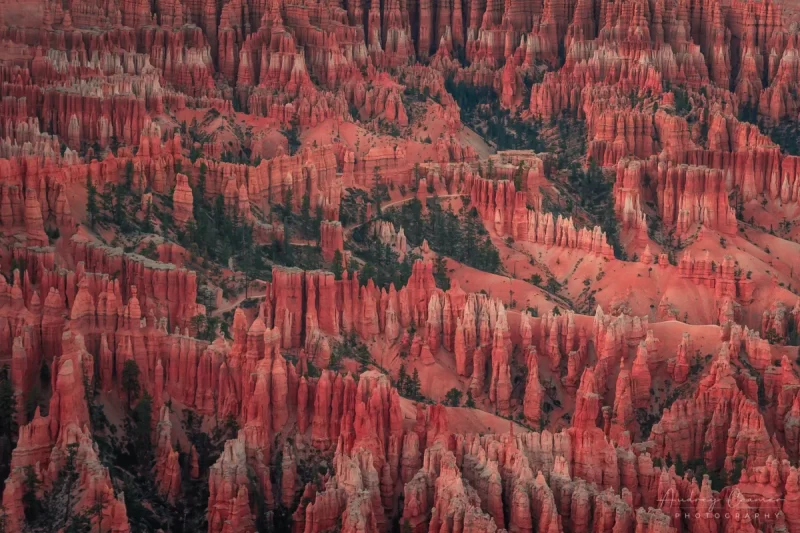
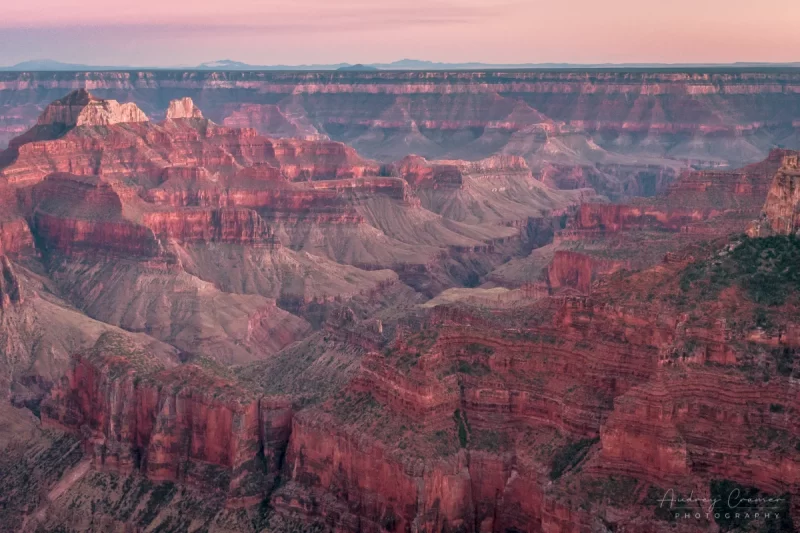
The closest thing which Bryce can claim to a river or stream eroding things is the Tropic Ditch. While the nearby Tropic Ditch irrigation does indeed cross into the park, it didn’t create the amazing and unique formations which we know and love. The irrigation water may form a proper canyon at some point, but that canyon will be at the northern end of the park, not the main portion of the park or the park proper. Currently, the ditch waters don’t form any canyon at all.
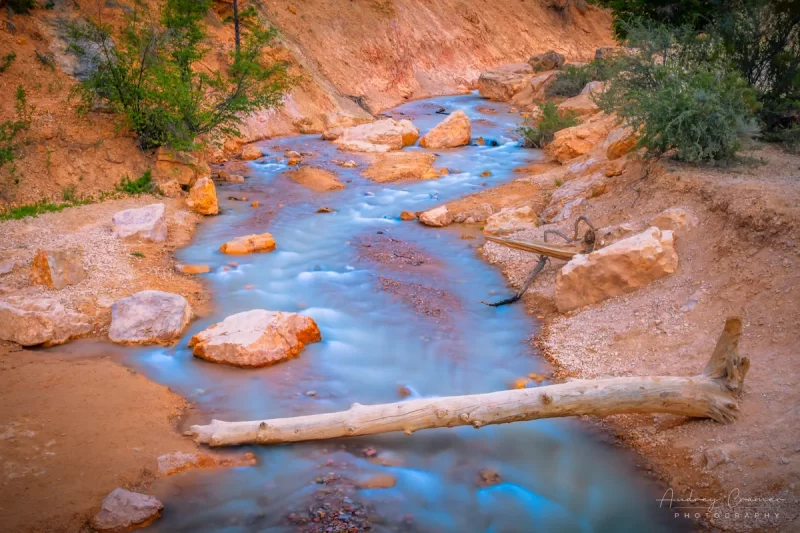
What is Bryce Then?
So, naturally, this question comes. If Bryce Canyon isn’t technically a canyon, then what is it? That’s simple. Bryce Canyon is a series of amphitheaters (or “amphitheater-shaped features”) which resemble a canyon. There is the main amphitheater, which most people come to see, in addition to a few other smaller and less popular amphitheaters along the 12 mile stretch of the park.
Wait a Minute…
Hold on there, you say. What about that second definition which mentions “something resembling a canyon”? I didn’t forget that part. So, let’s discuss that point.
It’s really hard to argue that Bryce Canyon doesn’t resemble a canyon. Especially when you have nooks and crannies which look like this example below.
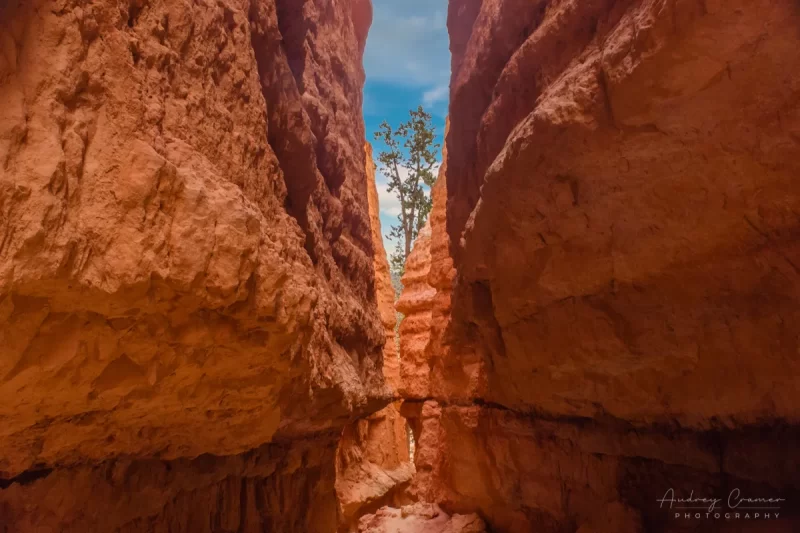
Indeed, this above example really does resemble a slot canyon. I have no doubts whatsoever that water flows down this path with spring and monsoon season rains. Still, this geological formation is not created by a stream or river. This, it is not a canyon either.
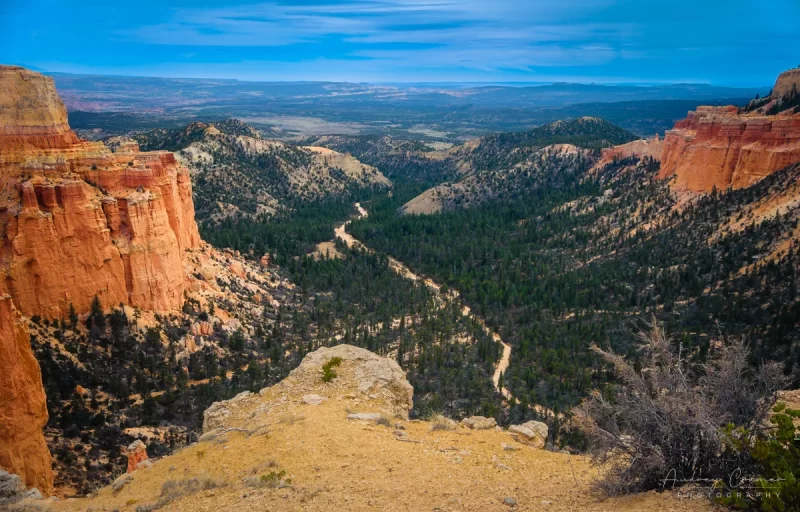
Perhaps we may apply the notion that Bryce Canyon may not be a canyon in geological or geographical terms. However, in colloquial terms, it is indeed a canyon. It meets that second definition of “something resembling a canyon” in such a way that the name stuck. At least, that’s my opinion on the matter. I haven’t located a satisfactory explanation of why the area is called a “canyon.” If I ever do locate a good explanation, you can bet I’ll return with an update.
Still, there’s no arguing with the face that our predecessors added the word”canyon” to the name. Most people will see this place as some sort of canyon. They don’t care about technical definitions. We are, after all, talking about the semantics of words.
Conclusion
In conclusion, is Bryce Canyon really a canyon? The answer is technically ‘no.’ However, the colloquial answer may be a ‘yes.’ In the end, it doesn’t really matter that much. The word ‘canyon’ is a part of this national park’s name. It’s a spectacular feature of natural creation no matter what we humans choose to call it. Go enjoy the sights it offers whether or not you call it a canyon or a series of amphitheaters.

